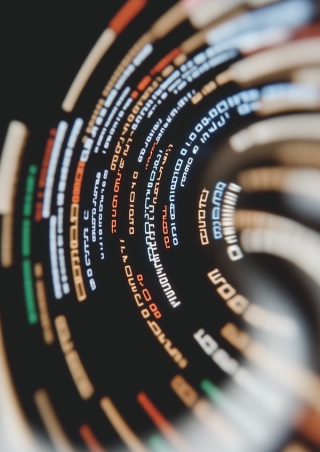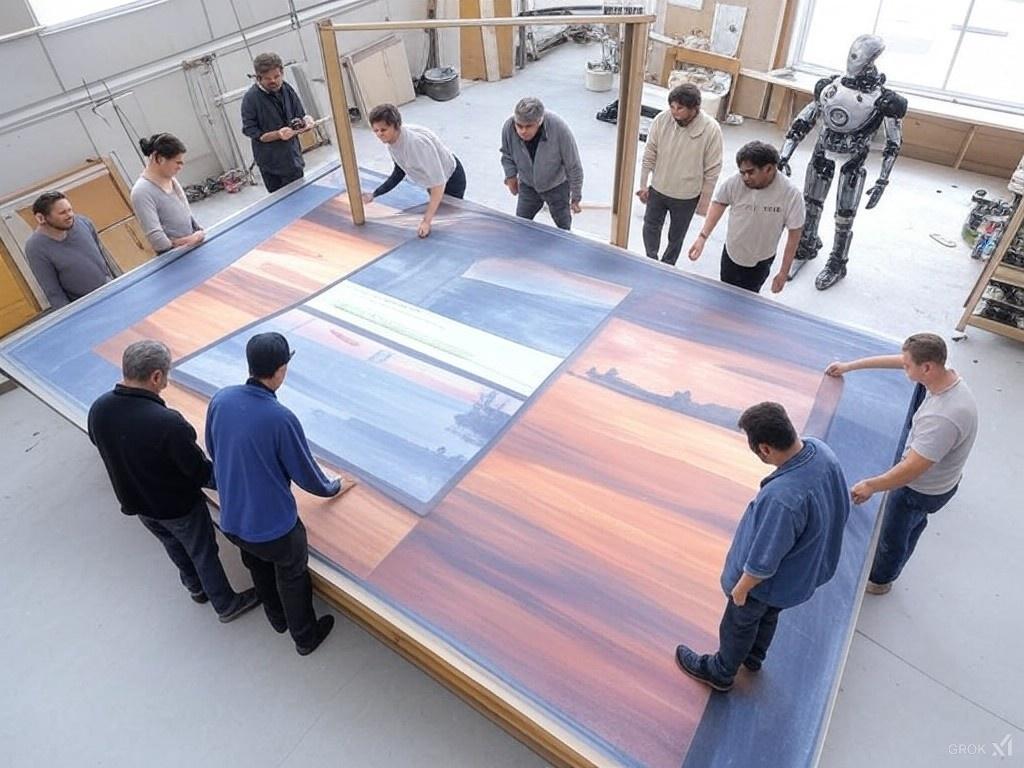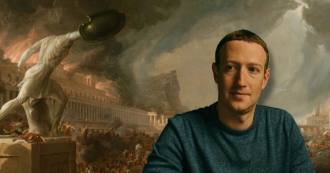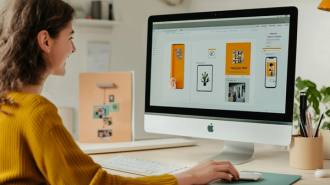If there is one constant in the world of AI, it is that everything changes.
Just over two months ago, I wrote an article about Monika, an AI powered brand naming tool. To summarise, I defended the tried and tested process of naming a brand using human creativity, despite Monika’s clearly impressive capabilities.
Since then, the ability of AI to produce high-quality, brand sensitive content has only improved. With the New Year beginning, I’ve decided to share my thoughts, and predictions, on how this technology will transform my own work in visual design and branding.
The dirty work
The most obvious, and optimistic, use of generative AI for visual branding is in simplifying the monotonous and repetitive work that designers often slog through at the beginning and the end of a project. Ideally, this will enable design teams to spend longer actually designing products and brand identities, their most valuable (and enjoyable!) work.
What kind of work could AI automate for design teams?
- Writing placeholder copy in wireframes and mockups
- Creating placeholder images and video content to help illustrate in-progress work
- Placing proposed brand assets in different mockups to present to clients
- Surveying and summarising the design work of competitors
In many ways, these changes have already taken place. Generative AI helps brand designers in much of the less glamorous work we do, particularly when it comes to engaging in visual research and analysis.
Taking over
Beyond simply replacing human administrative work, AI may soon be capable of actually taking part in the design process. To be clear, I still believe that actual designing is best done by humans. As I argue in my previous blog, human creativity is deliberate, responsible, and logical in ways that large language models cannot hope to match. When it comes to building a purposeful and meaningful brand, these are irreplaceable qualities.
However, even if AI cannot properly design, it can copy designs very effectively. It won’t be long before designers can draw up a basic set of brand guidelines, and then deploy an AI tool to roll out those principles across the actual project. Essentially, designers can hand over the blueprints, and watch their AI build out a more complete set of features and imagery. Again, this leaves the real strategic work to the humans, but leverages AI to accelerate and simplify the design process. The upsides of this approach with regards to project timelines and cost are obvious, and will, I suspect, prove impossible to resist for clients.
Questions without answers
How could this transformation of brand development affect the work of branding agencies? One possibility is the selling of pre-trained GPTs, fully equipped with brand guidelines, a design system, and on-brand content. These could be built parallel to the design of these components, and would allow clients to roll out branded content faster and easier than previously possible.
Needless to say, this would make brand guidelines and design systems more valuable than ever before (as they provide a hard guide which can train an internal AI), but would also transform them. If a design system is intended for both human and non-human readers, how would we best present and describe its contents? Honestly, we don’t know! However, digital agencies like Kooba should expect to deal with these questions very soon, and need to start thinking about how they can answer them.
A guessing game
Why does any of this matter? In short, because how we approach branding work needs to anticipate and pre-empt changes in AI technology. As such, it is worth thinking about these developments before they occur.
My predictions on AI’s future in brand design and development can be summarised as follows:
- AI will not be capable of designing meaningful or purposeful brands for several years at least.
- AI will soon be able to accurately roll-out design principles across a variety of features and interfaces.
- Design systems will become more valuable than ever before, as they provide a direct guideline for branded AI tools.
- Brand guidelines will be designed for AI tools within the near future.
Of course, these are just predictions, not guarantees. That said, AI will change what it means to design a brand, and it is worth taking the time to think about how that will affect your own particular business model.









